-
 bitcoin
bitcoin $122288.232522 USD
0.16% -
 ethereum
ethereum $4480.662914 USD
-0.22% -
 xrp
xrp $2.962747 USD
-2.32% -
 tether
tether $1.000120 USD
-0.05% -
 bnb
bnb $1145.654223 USD
-2.07% -
 solana
solana $227.105217 USD
-1.67% -
 usd-coin
usd-coin $0.999548 USD
-0.02% -
 dogecoin
dogecoin $0.250875 USD
-2.04% -
 tron
tron $0.340654 USD
-0.49% -
 cardano
cardano $0.837968 USD
-2.52% -
 hyperliquid
hyperliquid $48.960449 USD
0.06% -
 chainlink
chainlink $22.049280 USD
-1.33% -
 ethena-usde
ethena-usde $1.000404 USD
0.02% -
 sui
sui $3.586212 USD
0.20% -
 avalanche
avalanche $29.894916 USD
-4.18%
Bitfinex contract long-short ratio
The Bitfinex contract long-short ratio, a key market sentiment indicator, reveals the relative positioning of traders in the futures market, helping traders gauge potential trends and turning points.
Nov 07, 2024 at 08:16 pm
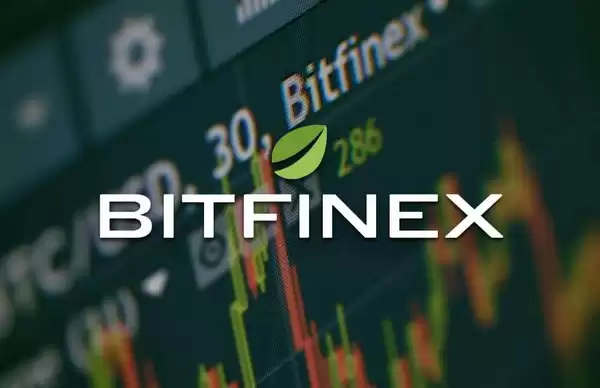
Bitfinex Contract Long-Short Ratio: A Comprehensive Guide to Understanding Market Sentiment
The Bitfinex contract long-short ratio is a significant indicator used by traders to gauge market sentiment and make informed trading decisions. This ratio provides insights into the relative positioning of traders in the futures market, enabling traders to identify potential trends and market turning points.
What is the Bitfinex Contract Long-Short Ratio?The Bitfinex contract long-short ratio represents the proportion of long (buy) contracts to short (sell) contracts held by traders on the Bitfinex exchange. A high ratio, indicating a significant number of long contracts, suggests that traders are bullish on the market and anticipate future price increases. Conversely, a low ratio, indicating a higher number of short contracts, implies bearish sentiment and expectations of price declines.
How to Calculate the Bitfinex Contract Long-Short RatioTo calculate the Bitfinex contract long-short ratio, divide the total number of long contracts by the total number of short contracts:
Contract Long-Short Ratio = Long Contracts / Short ContractsThe result provides a numerical value that represents the relative positioning of traders in the market.
How to Use the Bitfinex Contract Long-Short RatioThe Bitfinex contract long-short ratio can be used in various ways to inform trading decisions:
- Identify Market Trends: A persistent increase or decrease in the ratio over time can indicate a developing trend. A rising ratio suggests increasing bullish sentiment and potential for upward price movement, while a declining ratio indicates growing bearish sentiment and potential for downward price movement.
- Spot Potential Turning Points: Sudden shifts in the ratio, such as a sharp increase after a period of decline, can signal a potential reversal in the trend. Traders can use this information to adjust their positions accordingly.
- Confirm Other Indicators: The contract long-short ratio can be used in conjunction with other technical indicators to provide a more comprehensive view of market sentiment. For instance, a high ratio combined with positive momentum indicators may strengthen bullish signals and vice versa.
- Avoid False Signals: It is important to note that the contract long-short ratio is not a perfect predictor of market direction. Changes in the ratio may not always lead to a corresponding price movement. Traders should consider other factors such as market news, economic data, and technical analysis before making trading decisions.
The Bitfinex contract long-short ratio has certain limitations that traders should be aware of:
- Incomplete Data: The ratio only reflects the positioning of traders on the Bitfinex exchange. It does not consider the positions of traders on other exchanges, which may provide a different perspective on market sentiment.
- Influenced by Large Traders: The ratio can be skewed by the actions of large traders with significant capital, who may hold a disproportionate number of contracts.
- Not a Direct Market Forecast: The ratio does not directly predict price movements. Instead, it provides a gauge of market sentiment, which can be a helpful input for trading decisions when combined with other factors.
Disclaimer:info@kdj.com
The information provided is not trading advice. kdj.com does not assume any responsibility for any investments made based on the information provided in this article. Cryptocurrencies are highly volatile and it is highly recommended that you invest with caution after thorough research!
If you believe that the content used on this website infringes your copyright, please contact us immediately (info@kdj.com) and we will delete it promptly.
- BlockDAG, DOGE, HYPE Sponsorship: Crypto Trends Shaping 2025
- 2025-10-01 00:25:13
- Deutsche Börse and Circle: A StableCoin Adoption Powerhouse in Europe
- 2025-10-01 00:25:13
- BlockDAG's Presale Buzz: Is It the Crypto to Watch in October 2025?
- 2025-10-01 00:30:13
- Bitcoin, Crypto, and IQ: When Genius Meets Digital Gold?
- 2025-10-01 00:30:13
- Stablecoins, American Innovation, and Wallet Tokens: The Next Frontier
- 2025-10-01 00:35:12
- NBU, Coins, and Crypto in Ukraine: A New Yorker's Take
- 2025-10-01 00:45:14
Related knowledge
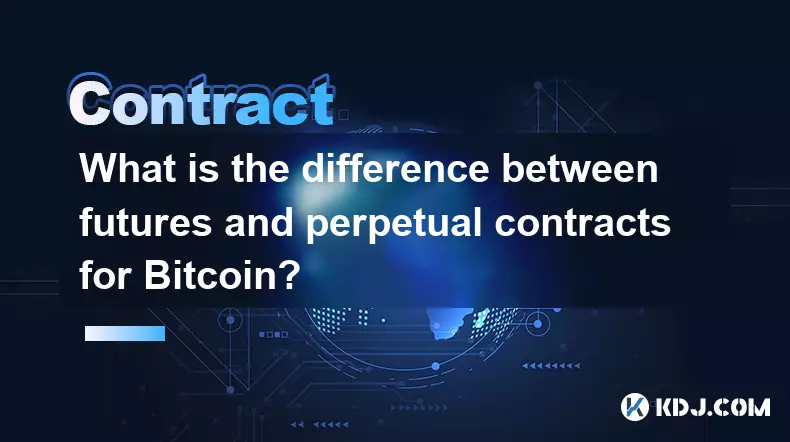
What is the difference between futures and perpetual contracts for Bitcoin?
Oct 02,2025 at 11:54pm
Understanding Bitcoin Futures Contracts1. Bitcoin futures are derivative instruments that allow traders to speculate on the future price of Bitcoin at...
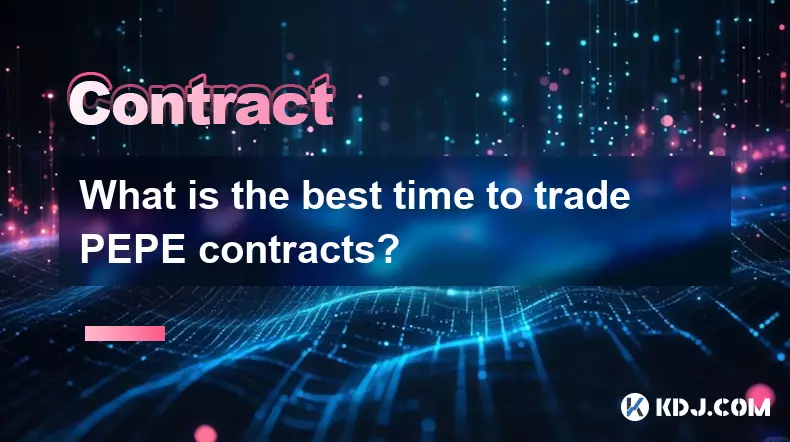
What is the best time to trade PEPE contracts?
Oct 03,2025 at 11:54am
Understanding PEPE Contract Volatility1. PEPE contracts exhibit extreme price fluctuations due to their meme-based nature and low market cap. Trading ...
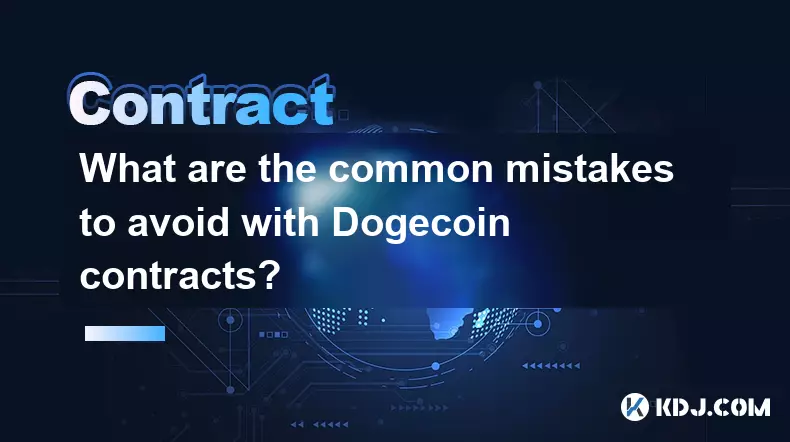
What are the common mistakes to avoid with Bitcoincoin contracts?
Oct 03,2025 at 08:54am
Emerging Trends in the Cryptocurrency Market1. Decentralized finance (DeFi) platforms continue to expand their influence across the blockchain ecosyst...

What is the maintenance margin for Bitcoin contracts?
Oct 02,2025 at 01:36am
Decentralized Exchanges Gain Momentum in 20241. Decentralized exchanges (DEXs) have seen a significant rise in trading volume, surpassing centralized ...
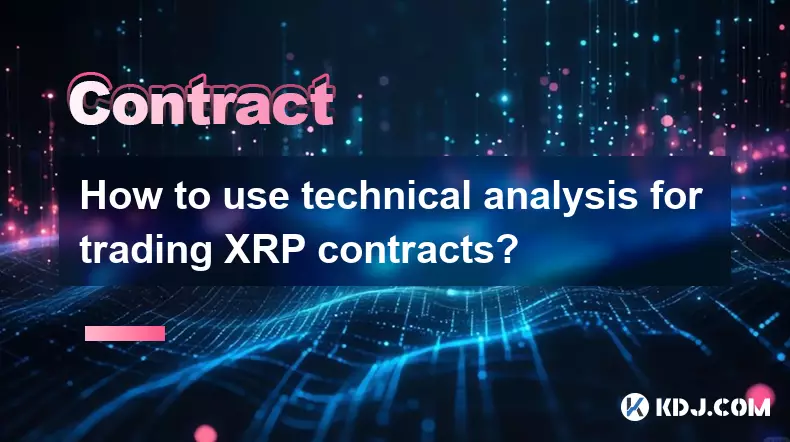
How to use technical analysis for trading XRP contracts?
Oct 03,2025 at 01:18pm
Understanding Price Patterns in XRP Futures1. Identifying chart patterns such as triangles, head and shoulders, and double tops or bottoms can provide...

What does "longing" PEPE contracts mean?
Oct 03,2025 at 11:54pm
Understanding Decentralized Exchanges in the Crypto Ecosystem1. Decentralized exchanges (DEXs) operate without a central authority, allowing users to ...

What is the difference between futures and perpetual contracts for Bitcoin?
Oct 02,2025 at 11:54pm
Understanding Bitcoin Futures Contracts1. Bitcoin futures are derivative instruments that allow traders to speculate on the future price of Bitcoin at...

What is the best time to trade PEPE contracts?
Oct 03,2025 at 11:54am
Understanding PEPE Contract Volatility1. PEPE contracts exhibit extreme price fluctuations due to their meme-based nature and low market cap. Trading ...

What are the common mistakes to avoid with Bitcoincoin contracts?
Oct 03,2025 at 08:54am
Emerging Trends in the Cryptocurrency Market1. Decentralized finance (DeFi) platforms continue to expand their influence across the blockchain ecosyst...

What is the maintenance margin for Bitcoin contracts?
Oct 02,2025 at 01:36am
Decentralized Exchanges Gain Momentum in 20241. Decentralized exchanges (DEXs) have seen a significant rise in trading volume, surpassing centralized ...

How to use technical analysis for trading XRP contracts?
Oct 03,2025 at 01:18pm
Understanding Price Patterns in XRP Futures1. Identifying chart patterns such as triangles, head and shoulders, and double tops or bottoms can provide...

What does "longing" PEPE contracts mean?
Oct 03,2025 at 11:54pm
Understanding Decentralized Exchanges in the Crypto Ecosystem1. Decentralized exchanges (DEXs) operate without a central authority, allowing users to ...
See all articles










































































